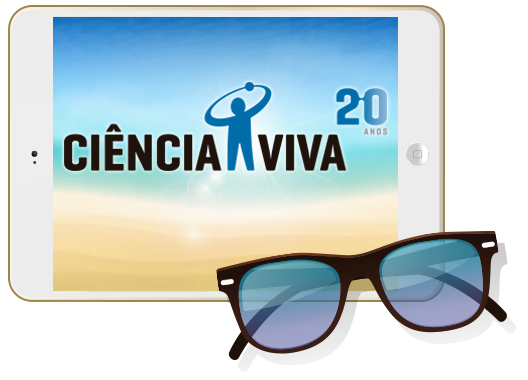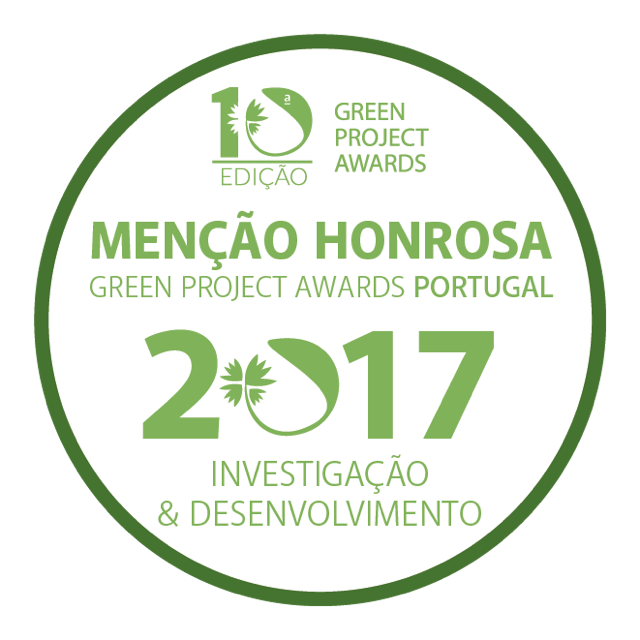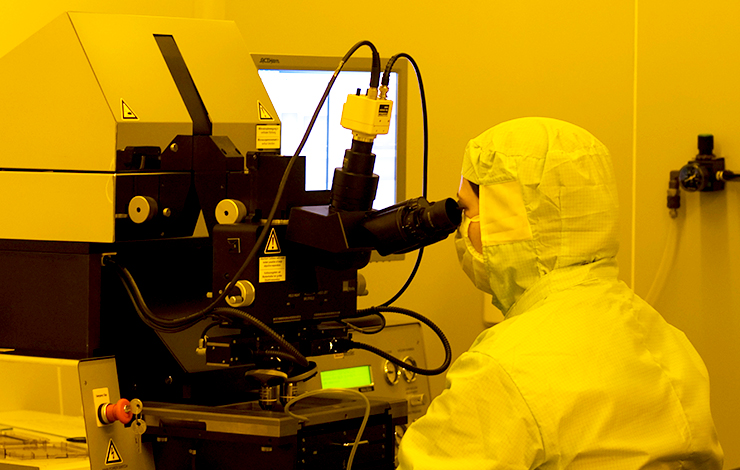


Joana Dória Vaz Pinto
Assistant Professor

MEON
Materials for Electronics, Optoelectronics and Nanotechnologies
1.10 jdvp@fct.unl.pt
Materials for Electronics, Optoelectronics and Nanotechnologies
1.10 jdvp@fct.unl.pt
SHORT CV
PhD in Applied Physics, Modification of the Electrical and Magnetic Properties of Metal Oxides by Ion Implantation, Universidade NOVA de Lisboa, 2008.
Teaching activities in Microelectronics Processes, Microelectronics Systems and devices; Nanofabrication and Characterization of Nanostructires, Electronic Data Storage and Information.
Main scientific interests: Development of flexible and confrmable electronics using thin film devices on parylene-C membranes; Patterning methodologies; Micro and nastructured patterning methodologies; Microelectronic thin film devices: UV Sensors, TFT’s, Micro Supercapacitors; Integration.
MAIN PUBLICATIONS
B. Coelho, J.V. Pinto, et al., Parylene C as a Multipurpose Material for Electronics and Microfluidics. Polymers, (2023) 15(10), 1–23. https://doi.org/10.3390/polym15102277
R. Correia et. al. Biocompatible Parylene-C Laser-Induced Graphene Electrodes for Microsupercapacitor Applications. (2022) ACS Applied Materials & Interfaces, 14(41), 46427–46438. https://doi.org/10.1021/acsami.2c09667
S. Ferreira, et.alUV-Responsive Screen-Printed Porous ZnO Nanostructures on Office Paper for Sustainable and Foldable Electronics. Chemosensors, (2021) 9(8), 192-. https://doi.org/10.3390/chemosensors9080192
J. Martins, et.al. Ta2O5/SiO2 Multicomponent Dielectrics for Amorphous Oxide TFTs. (2021) Electron. Mater., 2, 1-16. https://doi.org/10.3390/electronicmat2010001
P. Centeno, et.al. Self‐Cleaned Photonic‐Enhanced Solar Cells with Nanostructured Parylene‐C. Advanced Materials Interfaces, (2020), 7(15), 1, https://doi.org/10.1002/admi.202000264








